What makes a good photograph? Does one need fantastic equipment? While expensive camera gear certainly helps, the more important aspect of wildlife and nature photography is the person behind the camera. To be a good photographer, one must be dedicated and perhaps obsessive to getting “the shot”.
With subjects like birds which move so very fast, I ALWAYS use burst mode. So much can happen in a micro second. The goal of a photograph should be to create art, not just photograph a bird. Early this morning I followed around five or six Phainopeplas in the hope of getting a good photograph. My constant hiking and positioning was a never ending to effort to get both the sun behind me (and on my subject), and find my target bird on an interesting perch. It goes without saying that I arrive on location around sunrise to get the best light. While the light at sunset is just as good, birds are much less active and harder to find.
Today’s photographic sequence of the Phainopeplas appealed to me because I was able to not only get my subject out in the open (as opposed to buried in a thicket), but also I love the curvature of the branches. Ultimately a little help never hurts when the subject bird performs. Finally, it is not unusual for me to come back from an outing with 500+ images which I wield down to just a few per bird type.
Phainopeplas … Birds and Curves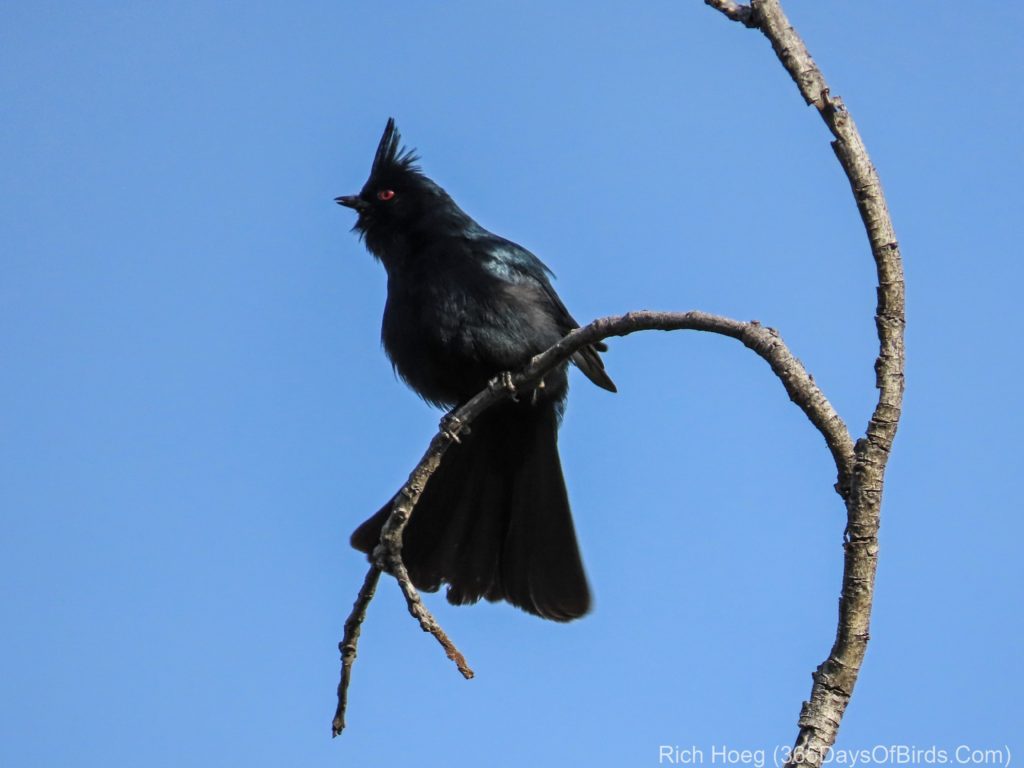
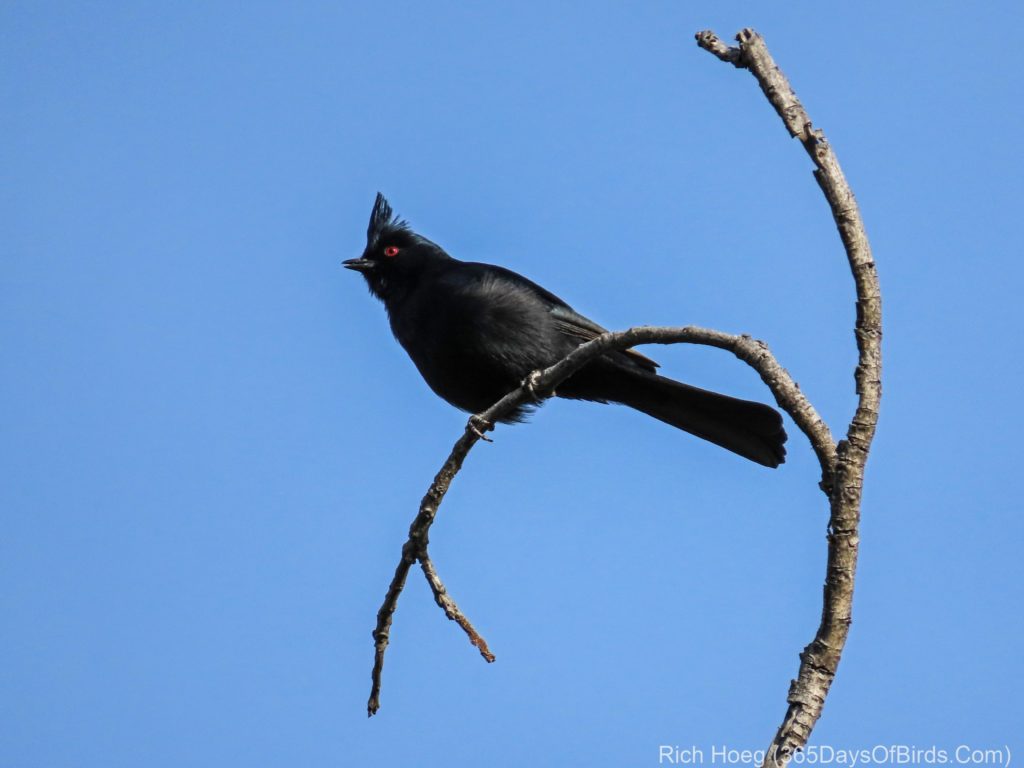
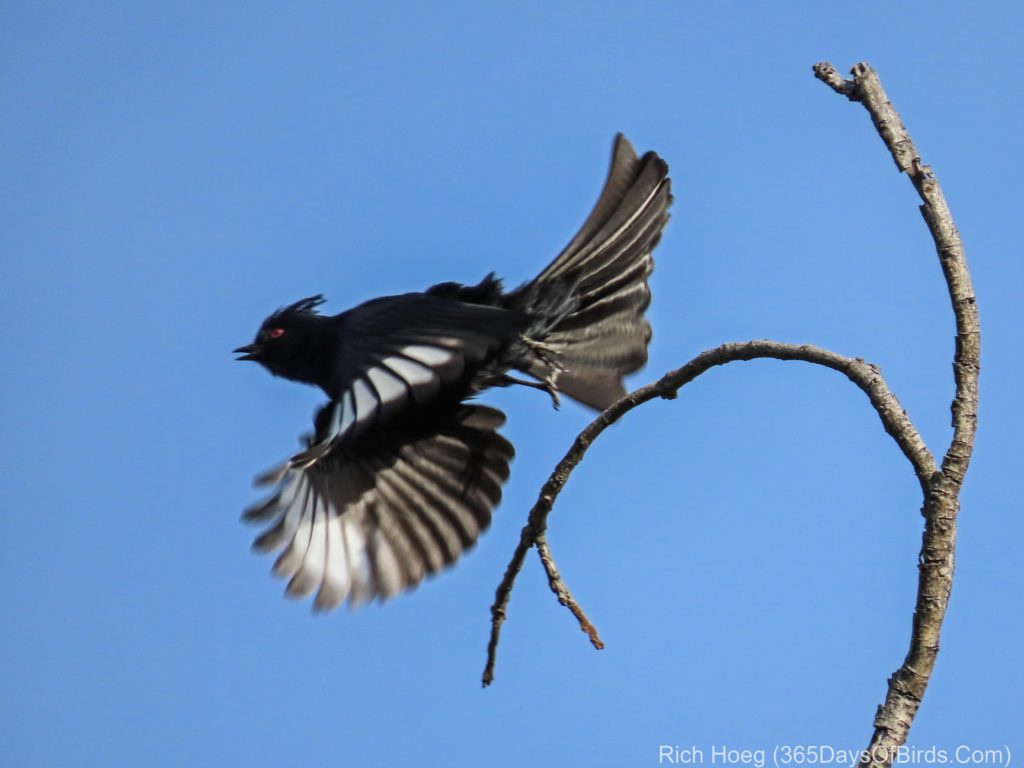
Upon returning from my three hour hike / birding expedition I immediately switched into cycling clothes. Given the wind was picking up, and was due to build up to 28 mph, it was time to ride. Without delay I took a 12 mile bicycle ride. While the ride was enjoyable, my AirBnB Western Screech Owl did not seem to approve of my getting my bike out of the car port! Uff Dah!
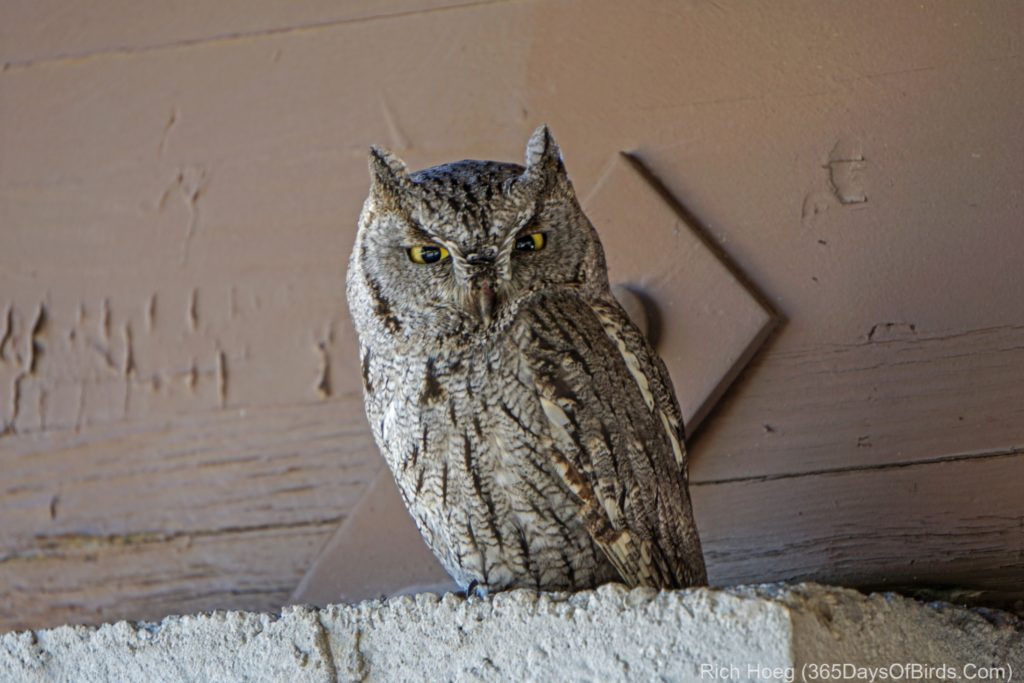
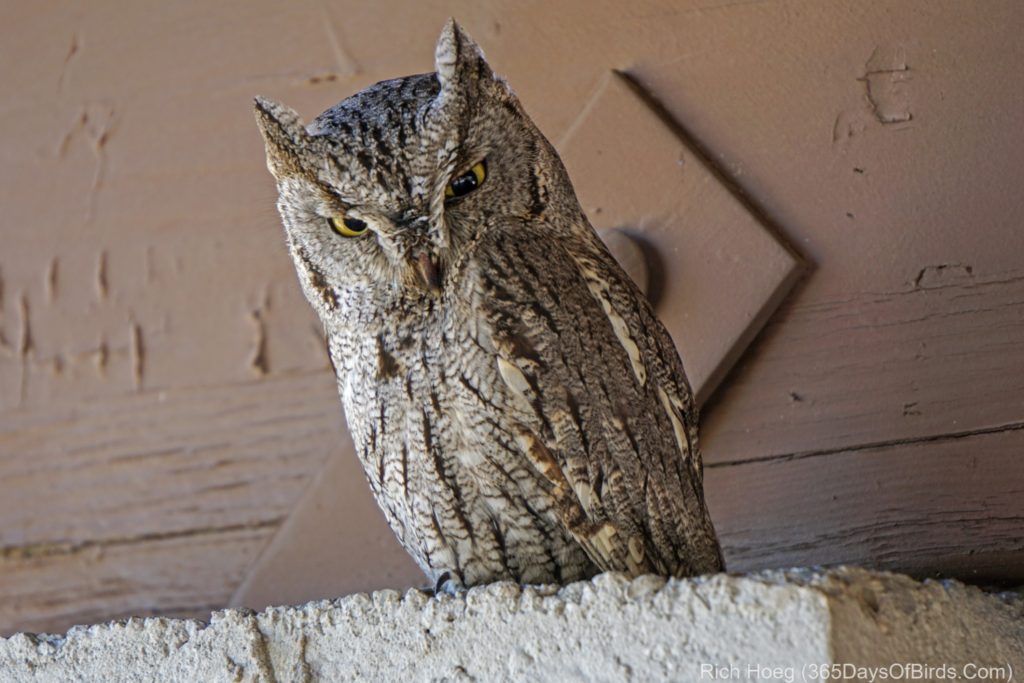
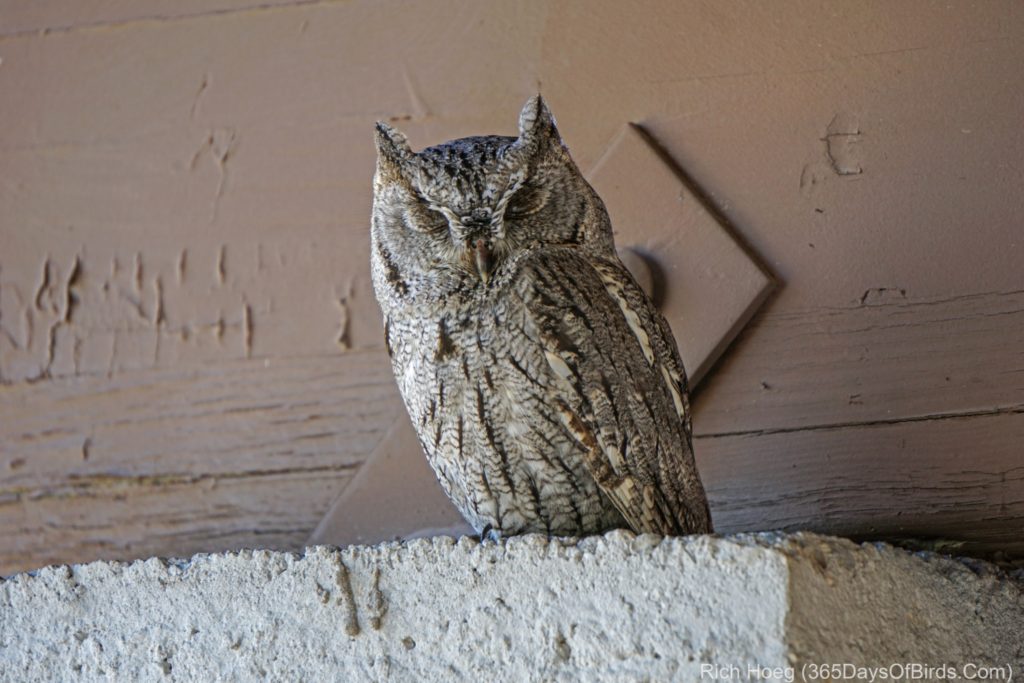
Are you taking your shots mostly with the Canon SX70?
Good question. Almost 100% of my bird photographs, including these images of the Phainopeplas are taken with my Canon Sx70 (previously with my Sx60). The normal exception to that rule is many of my owl photographs including these images of the Screech Owl. Many owls let me get rather close, and the low light conditions demand a camera with a better low light sensor like my Sony A6000.
However, this particular past winter most of Snowy Owl pictures were all taken on the Sx70. While Snowies allow one to get sort of close, they do not let me get close enough that I can use the Sony. Thus I need to reach of the Sx70’s 65x optical zoom.
Burst mode and 500+ pictures in.a day’s work, huh. So me cominng home with 20 pictures after a day of birding could be the problem. Ok – let’s enable burst mode and try it out. Thanks for the tip.
So much happens in 5 seconds that whithout using burst mode or high speed continous mode it is almost impossible to get interesting phototraphs. For the moment let’s assume that a person understands the signals which raptors demonstrate before taking off. Now the hawk or owl might wait 2, 5 or 10 seconds to launch itself. Using burst or continuous mode insures you get the take-off. It also means one throws away lots and lots of essentially identical images. For this method to work one needs high speed simm cards, and a camera which buffers lots of images.
Beautiful – against a tree probably wouldn’t even see this owl. Perfect camouflaging!